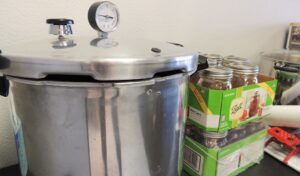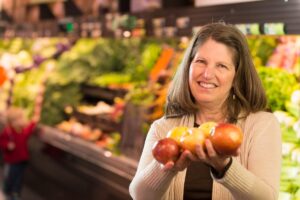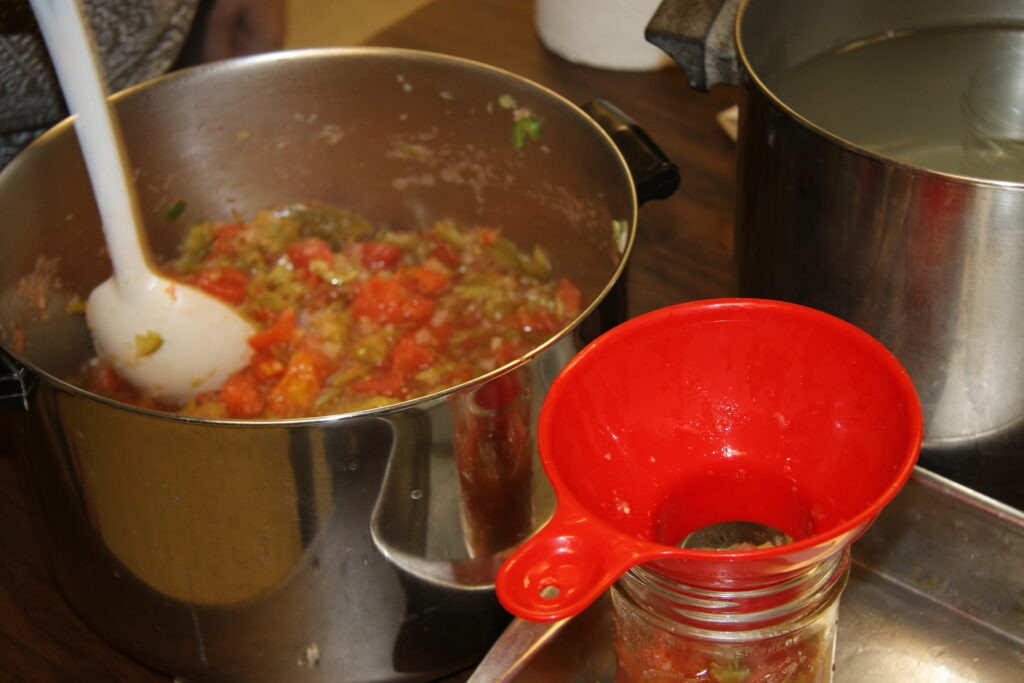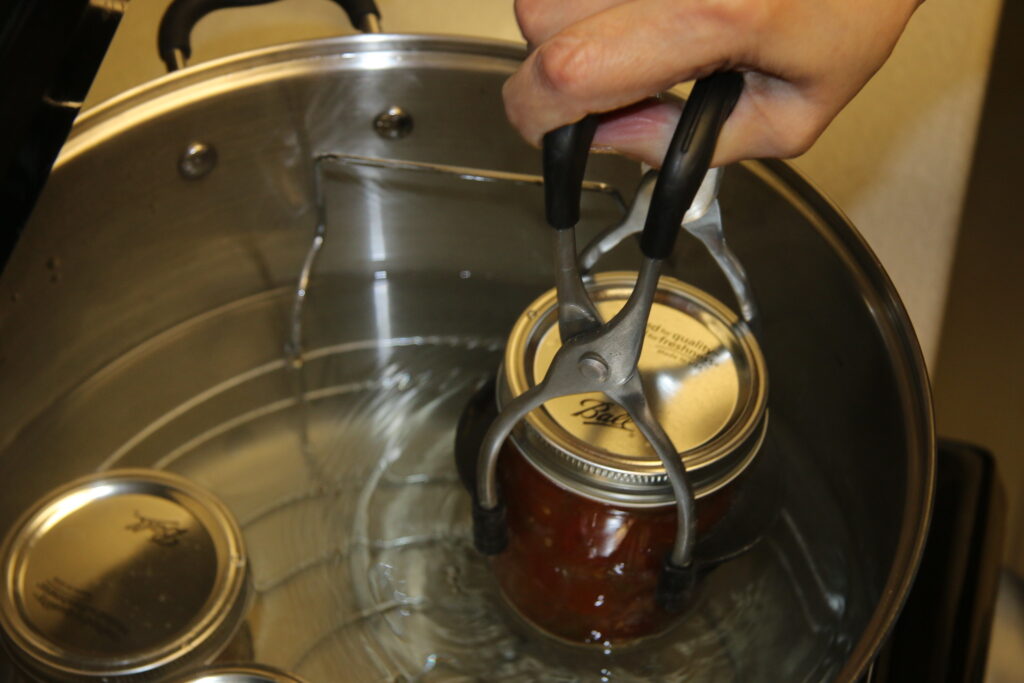
It’s that time of year – Colorado peaches are in season, zucchini is abundant, and stores have stacks of canning jars. Home food preservation can be the solution for saving the abundance of August to enjoy in the cold winter months ahead, as well as saving on food budgets. The Extension and food safety team in the Colorado State University Department of Food Science and Human Nutrition has some important tips for safely canning and preserving fresh summer produce.

Since home canning tends to be a seasonal effort, it’s important to review recipes and methods and check supplies before getting started. Home canning can be dangerous if tested recipes and processing instructions are not followed. This is especially true in Colorado, where adjustments to canning recipes are a critical food safety step for people living at higher elevations.
Adjust for the Colorado altitude
Quick tip: Any canning done more than 1,000 feet above sea level requires you to adjust either the processing time in a boiling water canner, or the PSI (pounds per square inch) in a pressure canner. The lowest town in Colorado is Holly in Prowers County, at 3,392 feet in elevation, so all Colorado canners need to calculate adjustments. It is important to use the correct method and make elevation adjustments to ensure a safe product. If you don’t know the elevation of your kitchen, Sheila Gains, Extension specialist for family and consumer science in Arapahoe County, suggests using a tool such as whatismyelevation.com. Many phones have a compass app in the utilities folder, which can also give you the elevation of your location.
See the Preserve Smart website, mobile app

Marisa Bunning, professor in the Department of Food Science and Human Nutrition, and her Extension colleagues developed the Preserve Smart website, which is also an app that can be downloaded to mobile phones to give easy access to home food preservation information. The app is available for Apple and Android devices – find out more about Preserve Smart on SOURCE. This is handy if you are at the farmers’ market and need to know how much fruit to buy for making jam. And it helps ensure safety because you can enter your elevation so the correct adjustment for elevation is highlighted.
Choose the correct method
When canning high-acid or acidified foods, such as fruits, jams, jellies and pickles, a boiling water method is used. For vegetables, meats, soups, or low-acid foods, a pressure canner must be used to avoid the risk of botulism. According to the Centers for Disease Control and Prevention, improperly home-canned vegetables are the number one cause of botulism outbreaks in the U.S.



More resources
To help new and experienced home canners, CSU Extension provides guidance and resources to ensure the safety of foods preserved at home:
- Use tested recipes and the right equipment from reliable sources such as:
- Freezing and dehydration are also good preservation options. Instructions can be found at the above canning links.
- When in doubt, check with your local CSU Extension Office.
The Department of Food Science and Human Nutrition is part of CSU’s College of Health and Human Sciences.